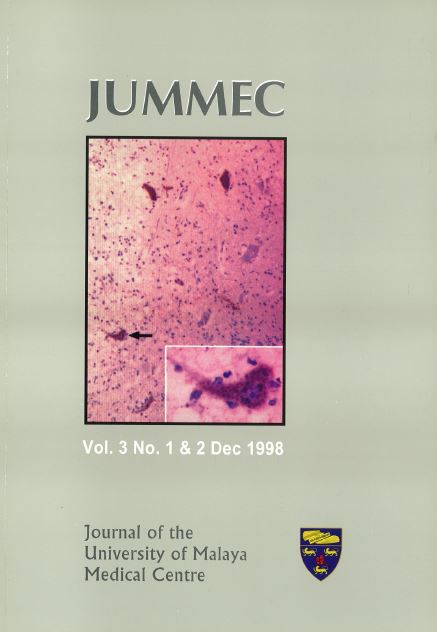Age-related Neurone-Loss And The Occurence Of Dark And Ligh Neurones In the Ganglia Of Cranial Nerves And Autonomic Nervous System: A Comparative Evaluation Of Their Development And Growth Changes
Abstract
Senescent-decline in the nervous-system functions is very frequently attributed to age-related neurone-loss. Processes and mechanisms involved in neurodegeneration form part of the structural frame-work for interpreting the functional consequences. The literature concerning this matter are confusing and contradicting. The behavior of cranial nerve ganglia was studied using neuro-histological techniques. On the evidence available in the present study, the dark cells are considered as active
ones; the tight cells are considered as those which have failed to establish functional projections, inactive, dying, dead or degenerating ones. Probably it is during the medium sized stage of cell growth, the peripheral and central processes (of axons) begin to grow from the cell body and attempt to get established in their projection fields. The light cells have appeared among the very-small cells just on the day of hatching. This probably signifies the possible attempt to eliminate the growing cells since they
are no longer needed to replace larger categories of cells which have already well developed
neuronal connections at this stage. It is assumed that the time of appearance of light cells might be indirectly related to the onset of establishment of active functional connections of neurones and to the functional importance of the organs which it supplies.
Downloads
Downloads
Published
Issue
Section
License
All authors agree that the article, if editorially accepted for publication, shall be licensed under the Creative Commons Attribution License 4.0 to allow others to freely access, copy and use research provided the author is correctly attributed, unless otherwise stated. All articles are available online without charge or other barriers to access. However, anyone wishing to reproduce large quantities of an article (250+) should inform the publisher. Any opinion expressed in the articles are those of the authors and do not reflect that of the University of Malaya, 50603 Kuala Lumpur, Malaysia.


